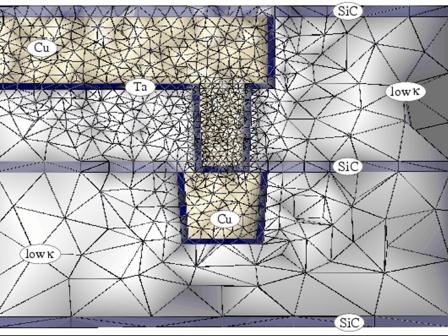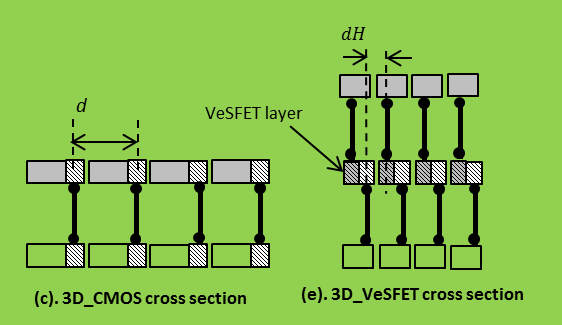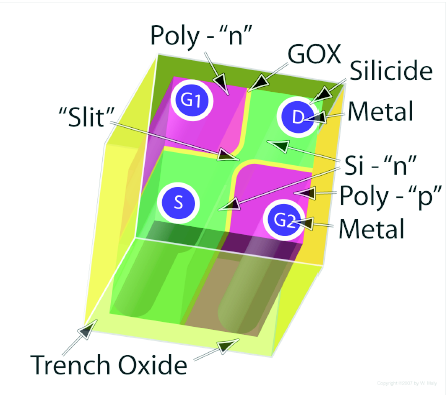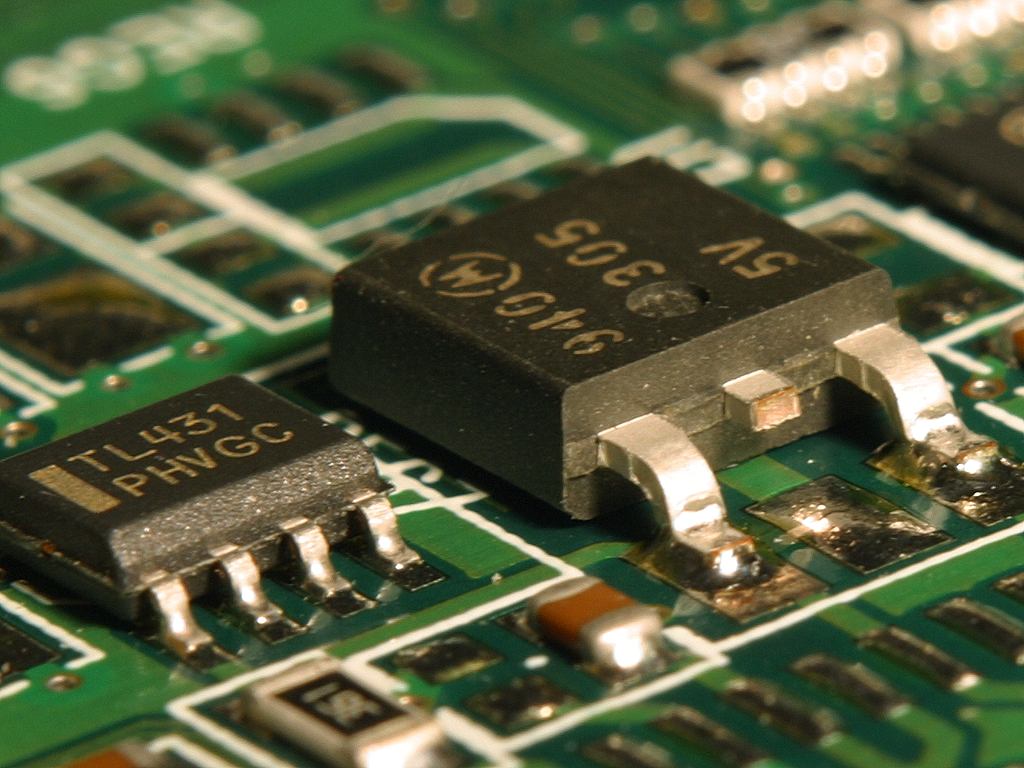The VLSI CAD Lab is headed by Prof. Malgorzata Marek-Sadowska. Located in one of the most scenic spots within the UCSB campus and with spectacular ocean views, the lab provides a prefectly calm and nurturing research ambience. Since its inception in 1990, many researchers including graduate students, research scholars, faculty and people from the industry have actively participated in lab's activities. Members at the VLSI CAD Lab have exhibted diverse research interests and have richly contributed to the field of Electronic Design Automation ranging from logic synthesis to manufacturing and more. Some of the most recent research activites are listed below.





